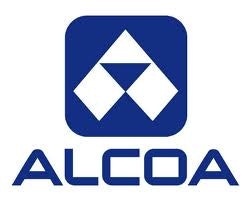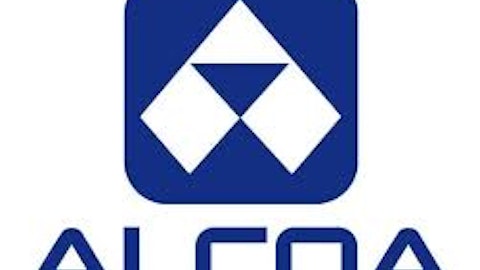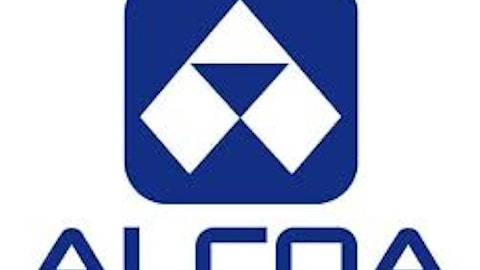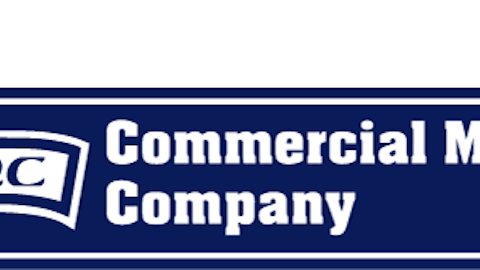Alcoa Inc (NYSE:AA)’s recent earnings report, which beat expectations, has brought back some faith in the global economic recovery. Indeed, by beating expectations, Alcoa has silenced critics and reassured bulls in the basic-materials sector.
Alcoa Inc (NYSE:AA) reported EPS of $0.07, beating the consensus estimate for EPS of $0.06 for the period. Sales fell 19% to $5.8 billion, surpassing the the consensus estimate of approximately $5.8 billion. The company was saved by demand from the aviation sector, which is one of the few industries that is running at full capacity currently as airlines scramble to meet passenger demand.
In particular, The Boeing Company (NYSE:BA) and Airbus secured orders for 848 aircraft at this year’s Paris Air Show. Worth a total of $129 billion, these orders add to an already-stretched backlog in the industry. Alcoa Inc (NYSE:AA) believes that this rising demand in the aviation industry and a recovery in the auto industry will drive global aluminum up by 7% this year, led by China, where demand is expected to rise by 11%.
However, it is not just the aluminum market which is registering strong growth.

To some extent, this demand for steel has been supported by the demand for autos, which are on pace for their strongest month since December 2007 and should continue to push demand for both steel and aluminum higher in the US.
But is it time to invest?
Even though the outlook is getting better, there are still reasons to be cautious in this environment. For example, while the US steel market appears to be getting back on its feet, analysts still remain pessimistic on one of the country’s biggest steel producers, United States Steel Corporation (NYSE:X). In fact, analysts have consistently revised estimates downward for the company’s full-year 2013 EPS.
From a consensus estimate of $1.70 per share at the beginning of this year, analysts now expect a loss of $0.56 per share. Estimates for 2014 earnings have also been revised consistently downward; from a high of $2.63 at the beginning of the year, the company is now expected to earn only $1.30 for the full-year 2014, less than the original estimate for this year.
Unfortunately, while the outlook for the steel market is improving and demand is rising, supply is still high, causing prices for basic flat-rolled steel to be pushed downward; as a result, US Steel is struggling to return to profitability.
However, overseas there could be opportunity…
There could be opportunity in the South American steel market, which is forecast to grow by 6.2% in 2013 and 4.3% in 2014 with the majority of that performance expected to come from Brazil. South American steel producer Ternium S.A. (ADR) (NYSE:TX) is in the right place to benefit. The company specializes in structural and specialist steel, which has high margins and a consistent demand due to it specialist nature. As a result, Ternium’s sales have expanded 8.5% over the past five years and EPS are expected to grow 22% next year. Additionally, the company is currently trading below book value, has a gearing level of only 50% and a current ratio of 1.7.
Alcoa is starting to look attractive
Even though the company is being dragged along by strong aluminum demand from the aviation sector, Alcoa Inc (NYSE:AA) is starting to look attractive on valuation grounds. Net debt has inched down, dropping from $7.4 billion at the beginning of 2012 to $7 billion at the end of Q2 – not bad considering the company’s headwinds. The company trades at 60% of book value and on a price-to-sales ratio, it is at the low end of the sector. Its peers trade at an average P/S ratio of 0.4, while Alcoa trades at slightly less than that.




